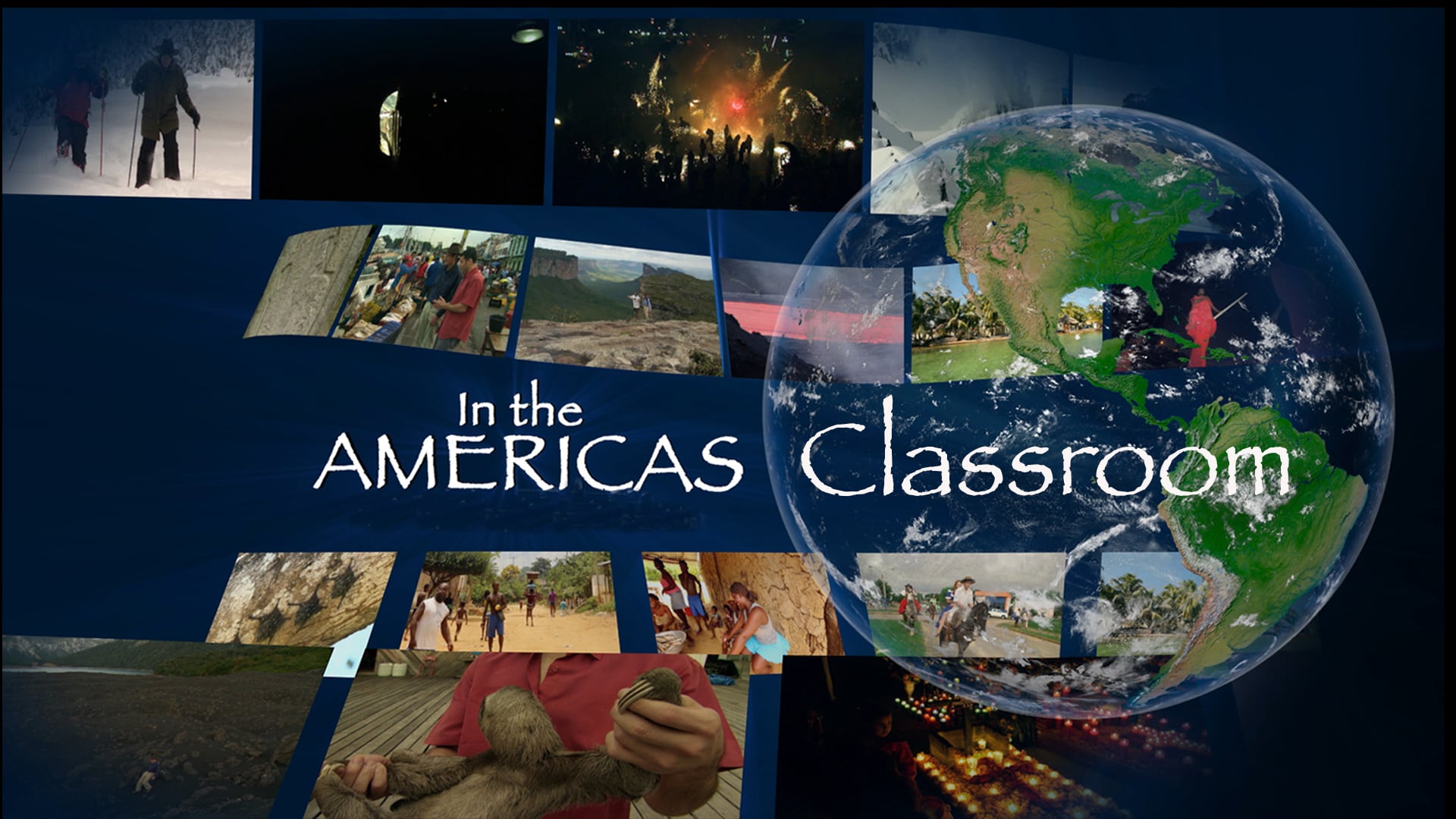Lesson 210: Whistles in the Mist: Whistled Speech in Oaxaca
Category : Curriculum Season 2
The Chinantecan people of mountainous northern Oaxaca, Mexico, speak by whistling as well as by talking. We visit their isolated community and see for ourselves how they use whistled speech to supplement, and sometimes replace, spoken speech.
Learning Objective
Students will understand that most Chinantecan people speak by whistling as well as by talking.
Social Studies Standards
Individuals, Groups, & Institutions A, B, D
Discussion Prompts
- When using whistle instead of language, would it be correct to say people are having a conversation? Justify your answer.
- What are some reasons that made people from San Pedro Sochiapam create a non-verbal language when they already had a spoken language, chinantec?
- What might be some of the reasons that the whistled speech is used mostly by men? What other things exclude women from doing and why?
- What characteristics of the whistled speech did you notice that might show some limitations or perhaps, opportunities?
Lesson Activities
- What regions constitute the southern part of Mexico and what other languages would be spoken around that region? List the most important languages of the area.
- Create an essay, from the perspective of a young person from that area, comparing the uses and the benefits of the three different languages intertwined in his/her daily lives: Spanish, Chinantec and whistled speech.
- The linguist from Alaska, Mark Sicoli, made a few predictions about the future of the languages in the area. Describe the predictions mentioned in the video and write a paragraph with at least two ideas on how to counteract those predictions.
- Write in the form of a book for children, a story about the whistled speech and its importance for the Chinantecan.
Vocabulary
- cloud forest
- distant
- integrated
- municipal
- plummeting
- private
- productive
- public
- ritual
- summoned
